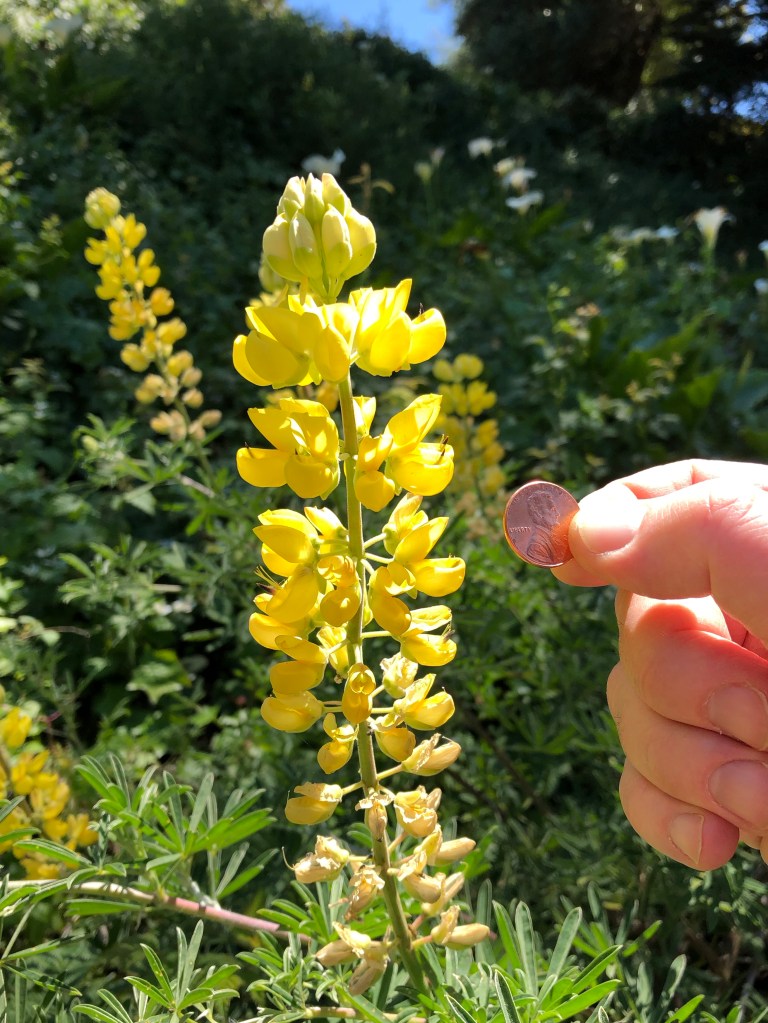
As I’ve written in previous post, identifying plants is not as easy as I thought it would be. (I laugh when I make this statement.) Why do I persist? I’m not a student of botany, I don’t even have a garden, and my houseplants could use my attention at the moment, but I do persist in this endeavor. Why? I’ve asked myself. It comes down to:
- It makes me feel more connected to the natural environment in a city where I spend most of my time in the harsh straight lines and sharp corners of the built world. As I’ve gotten older, I think this connection is very important. We’re all going back to the earth some day, I don’t want to be a stranger to it.
- It’s a good way of honing my skills of observation. Life is all about the details.
- Most important, it gets me out on the walks for much needed fresh air and exercise.
I’ve identified some, most have a lot of info to be filled in. Most of these were found in Golden Gate Park or the Presidio. I now realize that I need to take pictures of the leaves and the whole plant too. It’s not only the pretty face that counts, it’s the whole package.
Above image: Tree Lupine: Yellow Bush Lupine (Lupinus arboreus) 2-9′ tall, flowering March – June in sandy areas and canyons near the Pacific Ocean.

It helps to have a variety of guidebooks and of course the internet, but that can lead you down a rabbit hole for hours. Having a nice vintage guidebook is very inspirational to me. The color plates and illustrations are far superior to the photographs I’ve seen. If only we could roll back time on some things.


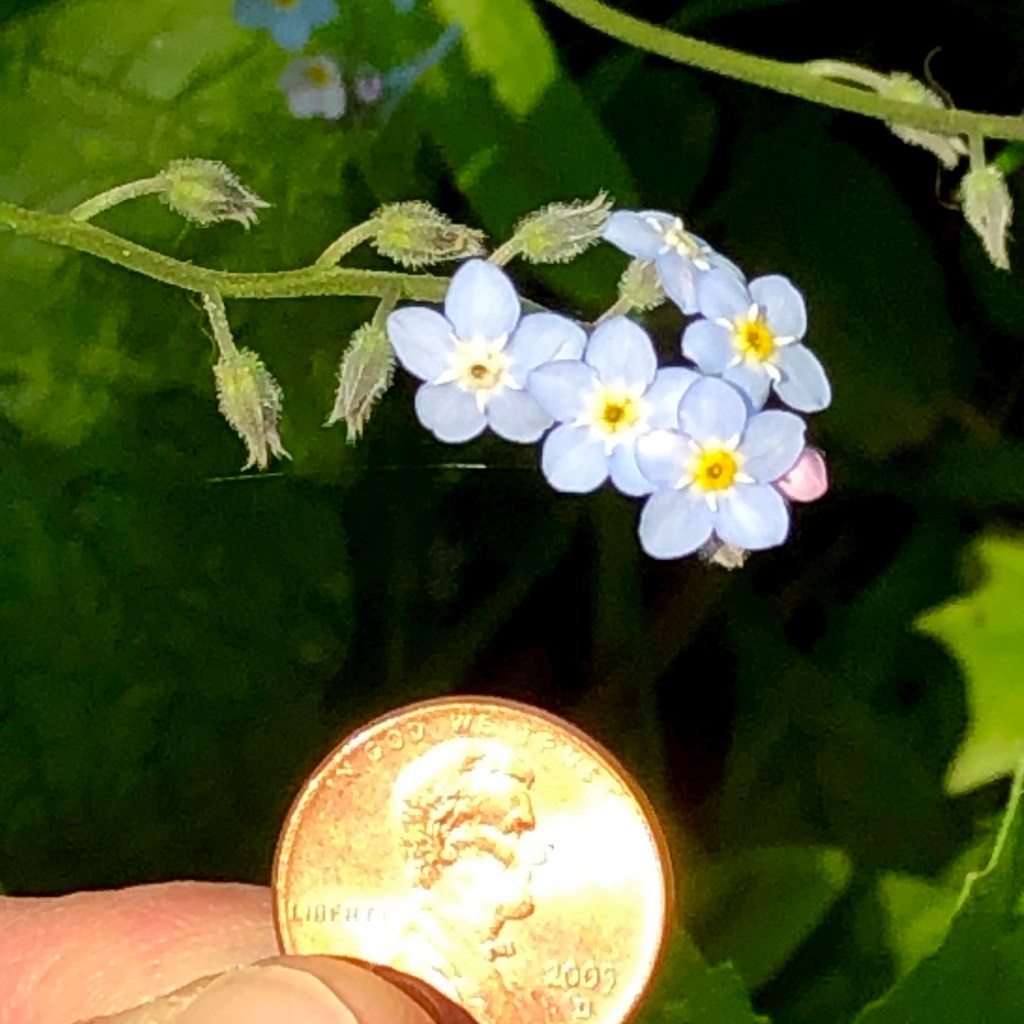
Forget-Me-Nots (Myosotis ?)


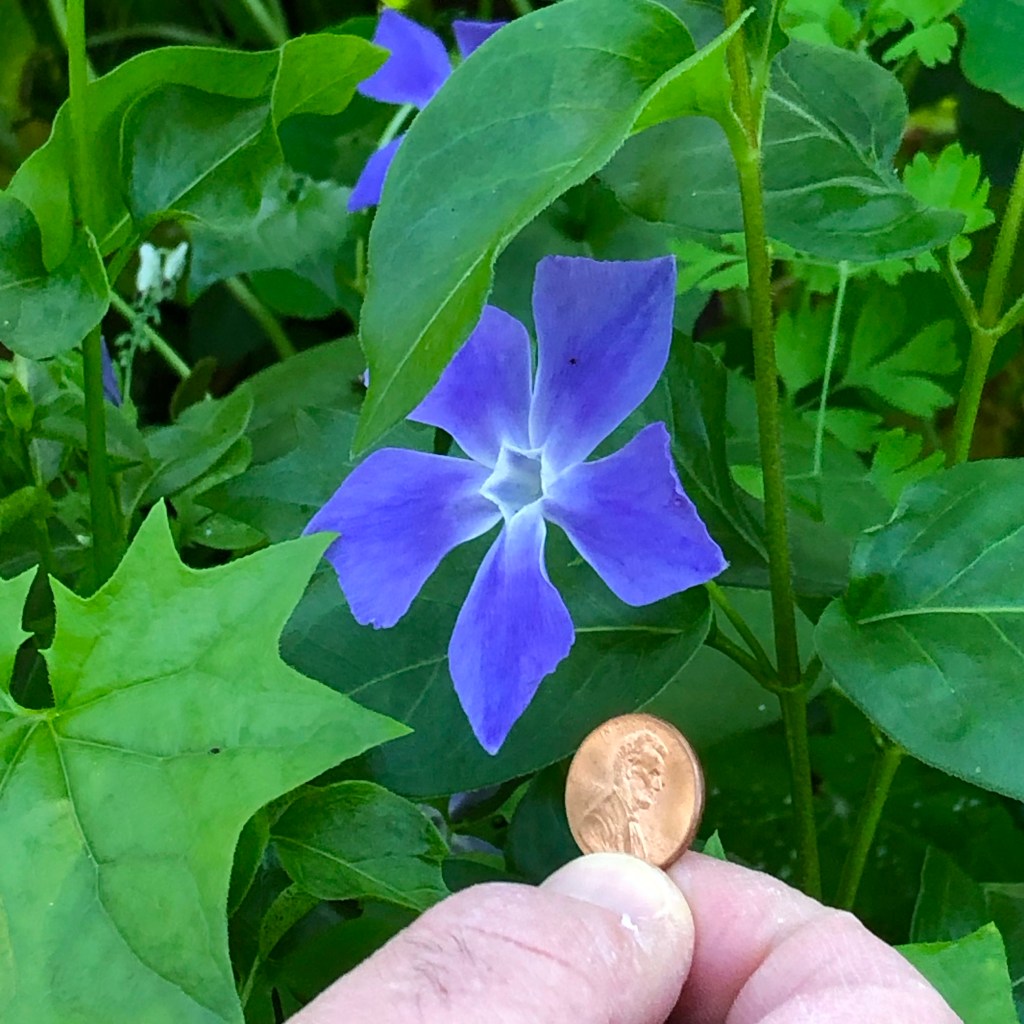
Found in ornamental planted and disturbed areas, in inner coastal California.
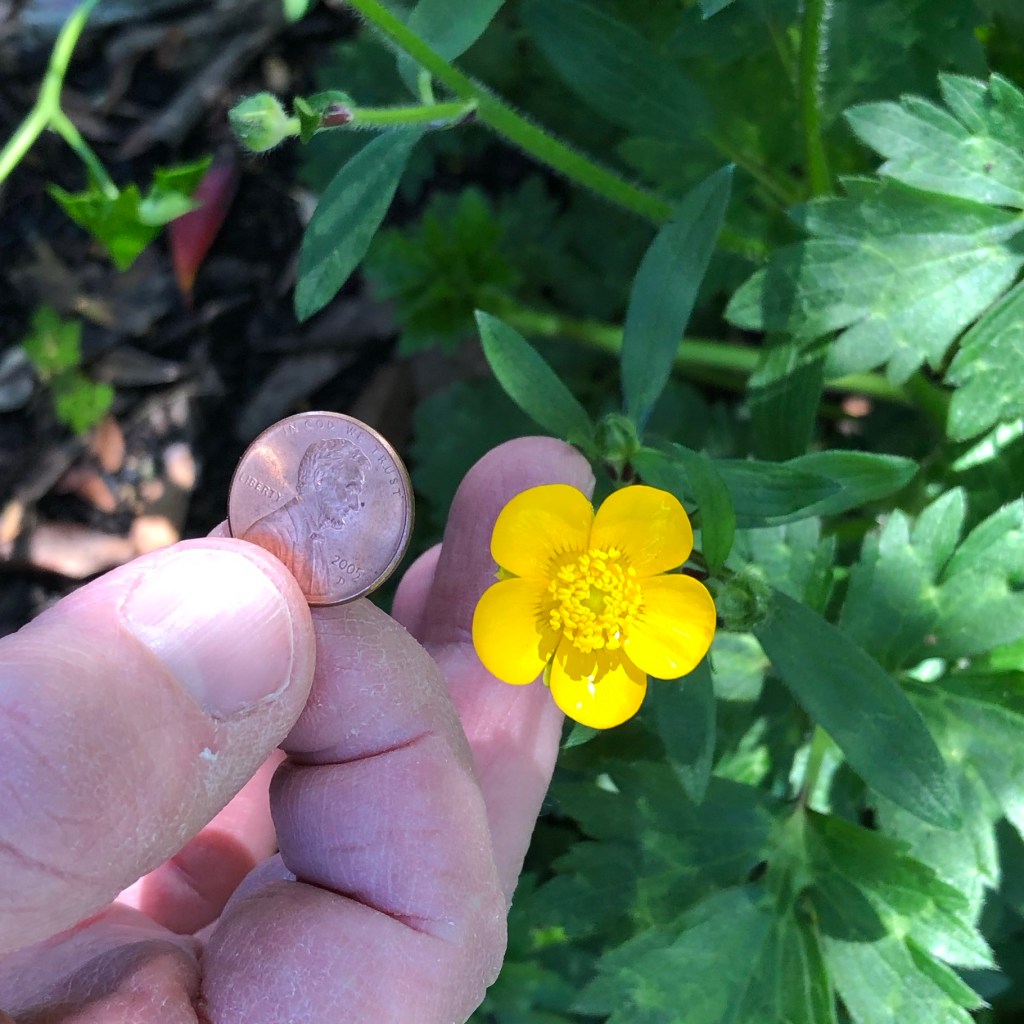
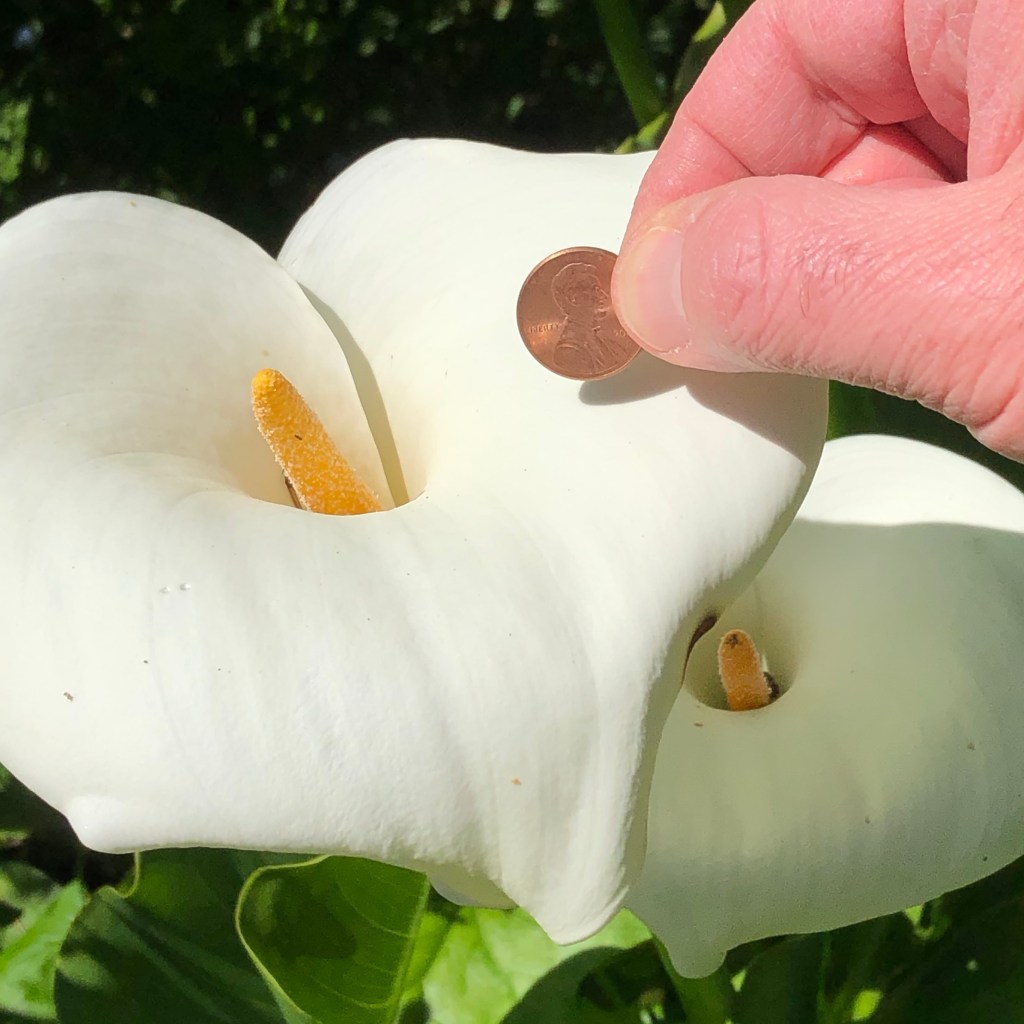
throughout coastal California.
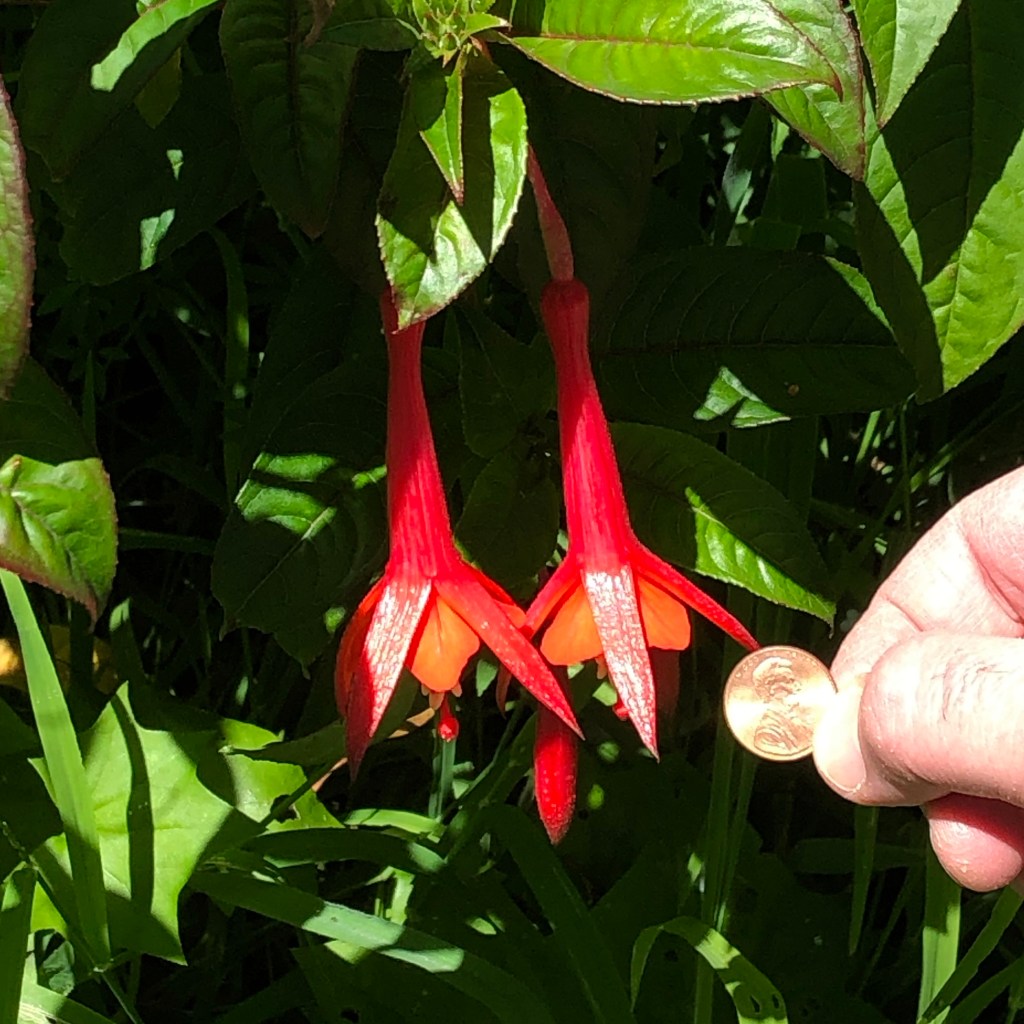




Thanks for visiting.
Health to you!
Empress Norma

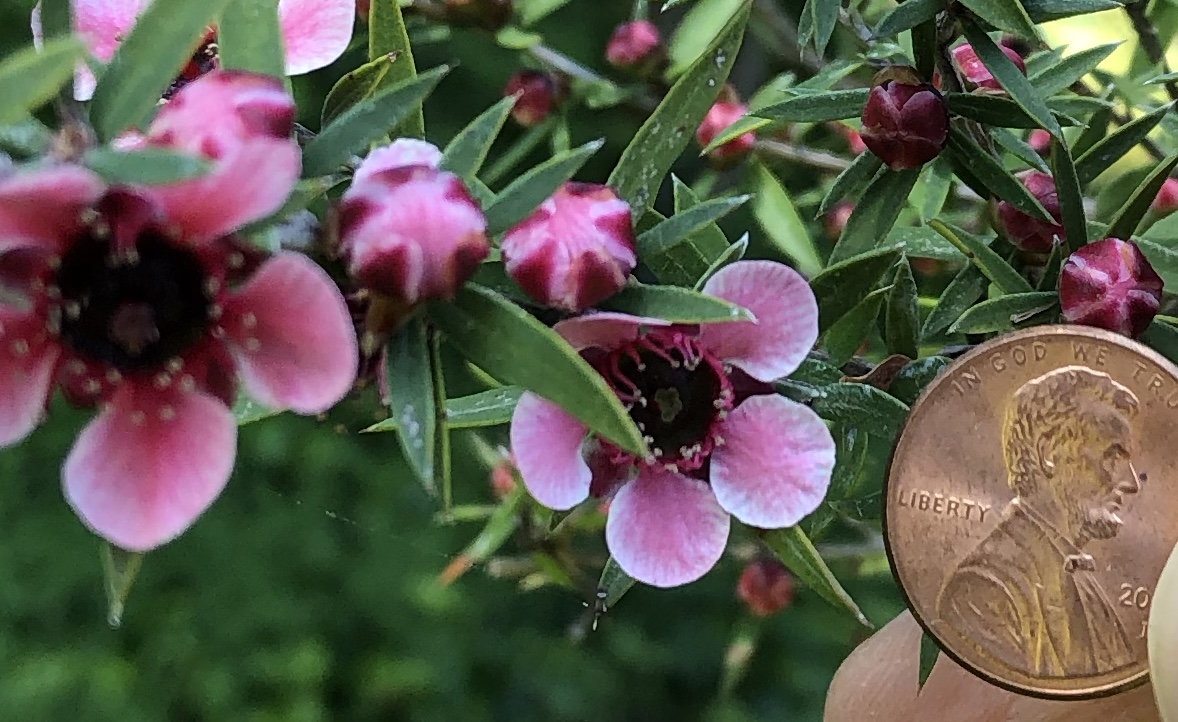

Leave a comment